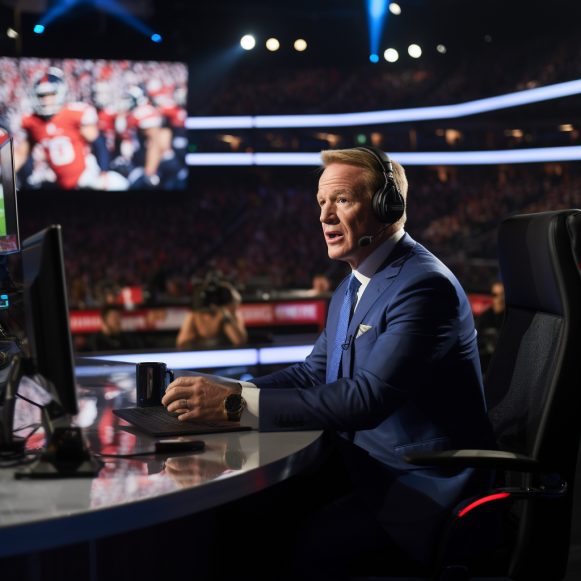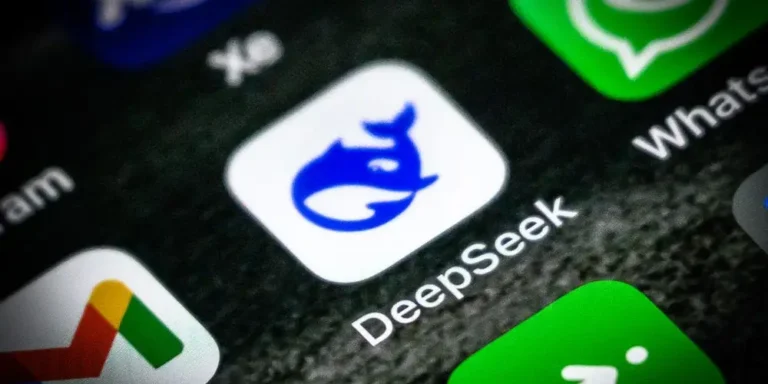Holiday shopping has more Americans getting comfortable with buy-now-pay-later

While Cyber Monday was the biggest e-commerce shopping day ever, the sales event (and the month leading up to it) marked a big test for the popularity of buy-now-pay-later (BNPL) services.
Nandan Sheth, CEO of BNPL firm Splitit, told B-17 his company’s order volumes were up 62% during Cyber Week (which ends on Cyber Monday) compared with last year, and that average order value was about $800, up from $650 last year.
Data from Affirm shows that BNPL represented just 2% of e-commerce sales in 2020, but has now topped 7%.
Klarna told B-17 it saw a 26% increase in orders from Black Friday to the following Sunday, while Afterpay said it saw a 10% increase from Friday through Monday.
Overall, Adobe said BNPL usage reached a record high on Cyber Monday, accounting for just shy of $1 billion, with three-quarters of those transactions occurring on a mobile device. Of the $131.5 billion in online spending tracked by the company during the month leading up to Cyber Monday, $9.4 billion was spent using a BNPL option.
There are a few reasons driving this growth, which looks poised to continue in the coming years.
It’s no secret that many US household budgets are stretched after years of price inflation. Still, retailers report that their customers have proven willing to get creative in managing their spending to continue getting what they need (and want).
“We are seeing debt being used to fuel consumption, and that’s not surprising, because a lot of households are constrained,” Global Data retail analyst Neil Saunders told B-17. “Within that debt mix, BNPL is one of the fastest growing segments, if not the fastest growing segment.”
Of the many flavors of BNPL services, all offer a way to spread a cost over several payments for a low fee or no fee at all.
Under a traditional credit card agreement — which many BNPL users don’t have — any unpaid balance after the initial period would start to rack up interest charges.
BNPL solves that installment math for shoppers and gets retailers to foot the borrowing costs. Retailers agree to this largely because BNPL encourages shoppers to spend more than they would without the option, boosting top-line sales.
For example, Splitit’s CEO said one of his clients offered two smartphone models, with BNPL only available on the more expensive option.
“They had 45-50% skewed towards the expensive phone because the consumers were selecting the ability to split the payment,” Sheth said.
More major retailers this year integrated BNPL options directly into their e-commerce checkout.
“Online retailers particularly have made it more accessible because it is such a conversion-driving feature for many of them,” Omni Talk Retail’s cofounder, Chris Walton, told B-17.
Affirm has partnerships with a range of companies, including Amazon and Walmart, among many others. Meanwhile, Klarna has nearly doubled its number of US retail partners this year, including Rite Aid and Staples. The company also recently integrated with Apple Pay, with Google Pay coming soon.
Splitit similarly works as a point-of-sale option for a wide range of more specialized retailers, catering to shoppers who want to tap into their existing good credit.
“We saw really strong growth in the rate of orders being driven by mobile devices, and that was likely due to more and more consumers adopting mobile payments,” Salesforce’s director of consumer insights, Caila Schwartz, told B-17.
As more retailers offer a more seamless checkout experience and BNPL services become more integrated in that process, more shoppers seem to be willing to give it a try.
What makes the mega-sales events like Black Friday and Cyber Monday so significant is that many shoppers are choosing BNPL for the first time this year, and if the past is any indication, they’re highly likely to keep on using it.
Splitit’s Sheth said more than a third of its users during Cyber Week had previously used the service at least one other time in the preceding year.
Affirm, which is more widely available, boasts a repeat customer rate of more than 90%, indicating that most of its users are able to successfully use the service and apply again. In addition, Affirm customers are using the service more, going from about three transactions a year in 2022 to more than five now.
Global Data’s Saunders said that BNPL’s “embryonic” status in the US means it will likely see outsized growth rates in the near term.
“I don’t think that BNPL is replacing credit cards,” he said. “It’s certainly becoming a much bigger part of the mix, and for some people, they use it alongside credit cards.”
There are also some shoppers who aren’t able to make their payments and get in trouble. Some Gen Zers are already finding themselves buried under unmanageable piles of debt, largely from credit cards.
Regulatory agencies are now working on a range of disclosure and reporting rules to protect consumers and the larger lending ecosystem, but those face an uncertain future under a new Trump presidency.
For now, with shoppers willing to spend a little more if they can absorb the cost in smaller chunks, it appears the US economy is ripe for BNPL services to flourish as they have in countries like Australia and Sweden.
“As we see more Gen Zers get older and become more part of the consumer market, and they start buying more luxury and higher-priced goods,” Salesforce’s Schwartz said, “absolutely that could be an impetus for that [BNPL] payment method having a much larger share of the market.”






